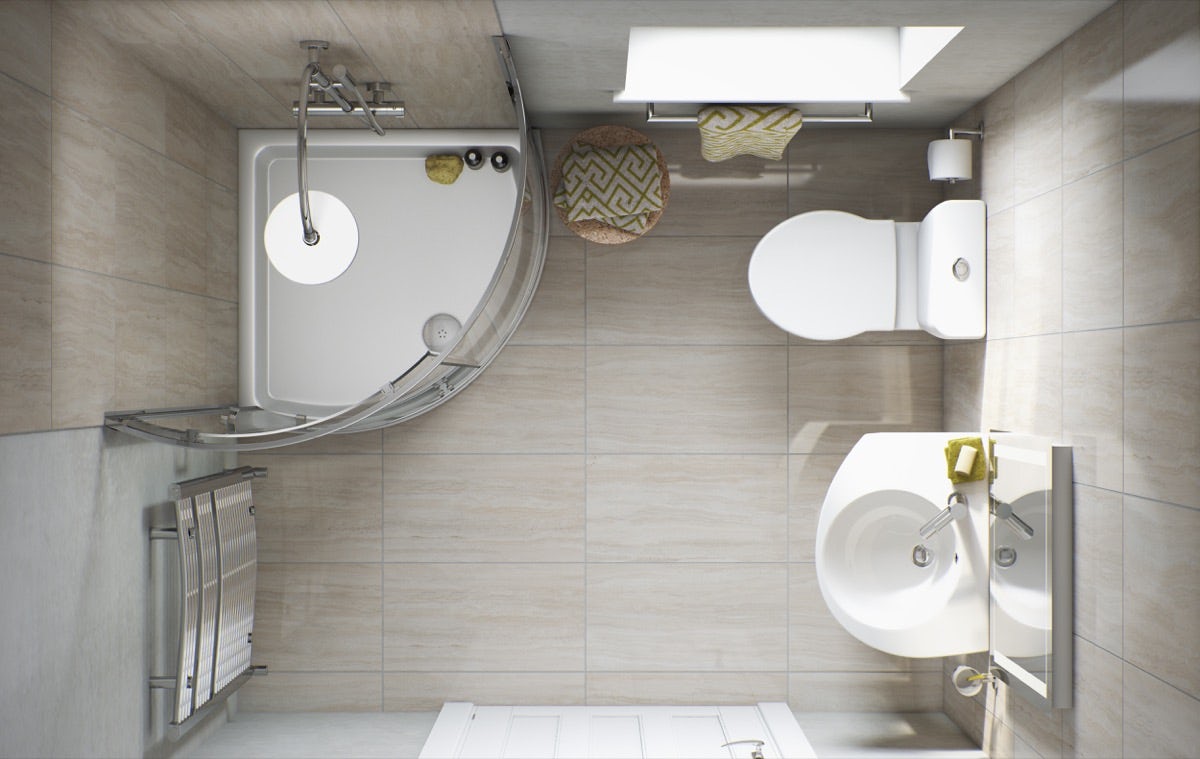With any renovation or redecoration task, measuring and planning is a vital part of the preparation.
But throw in tiling, plumbing and electrics and a bathroom refurbishment can suddenly become a lot more daunting. But never fear—here at Victoria Plum we’ve put together this short guide to help you get started.
Of course, if you’re worried about your measuring and planning abilities, then we recommend contacting a professional service to avoid costly mistakes.
Work out how much room you have
The first thing that you need to do when planning your bathroom is work out how much room you have. This isn’t the same as the physical dimensions of the room, which is where many people come unstuck.
Instead, take measurements for available floorspace and work out where fixtures and fittings would be best placed. This will be largely dependent on your existing pipe network so unless you’re prepared to undergo extensive plumbing alterations then measure with this in mind.
You also need to take out any space taken up by opening doors or other fittings.

Measure twice, cut once
This is a philosophy which should be used whenever the cutting of materials is involved. Some of the materials used in bathrooms, such as tiles, can be expensive and cutting them to the wrong size could result in waste and extra expense.
Measure carefully and accurately to ensure you have everything lined up precisely before making the first cut.
Essential tools
If you’re planning on taking the DIY approach to fitting a bathroom then you’ll need a good set of tools to help with measuring and planning.
Here are the top essentials and why they’re important.
-
Spirit level: this will ensure that surfaces and fixtures are even. You’ll use this throughout many aspects of your bathroom design such as tiling but also when fitting fixtures to walls.
-
Metal ruler and pencil: these tools may seem old fashioned but nothing is better for marking out guidelines on walls or floors when preparing to fit tiles or appliances.
-
Laser line: if you want a more modern take on the above then this handy gadget displays a solid line of light across walls to help you keep everything straight and even.
-
Pipe finder: this handy tool can be used to detect pipes behind walls when decorating your bathroom. You should always turn the water off when completing any work on your bathroom but this easy-to-use device can help you reduce the risk of causing damage to pipes by drilling into them, giving you a quicker end result.



